Power sources: when it is necessary to use it in the laboratory
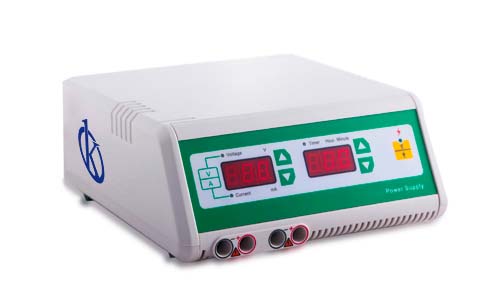
They are necessary in laboratories, because they are devices or equipment that are able to convert the alternating current into direct current, being able to regulate it according to the needs of the laboratory area, they are used to distribute or power other equipment so that they work directly from the electrical energy without the need for batteries.
Electrophoresis chamber power source: How does it work?
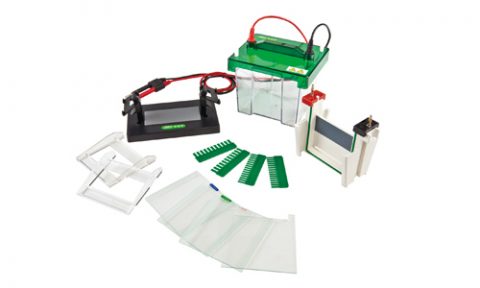
The power source for electrophoresis chambers is the source in charge of providing electricity to the electrophoresis system that is being used, in other words, it provides the necessary energy for this system to function properly; reason for which it is considered an essential element to carry out the electrophoresis technique.
Electrophoresis Power Sources: How does it work?
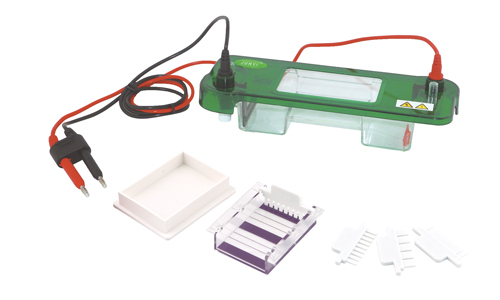
A power source for electrophoresis is the source that manages constant and direct current to the electrophoresis system, as well as indicates and allows us to control both the supply voltage and the current consumption. In other words, this device provides the necessary energy for this system to function properly; and this important laboratory technique can be carried out.
Electrophoresis Run Power Sources
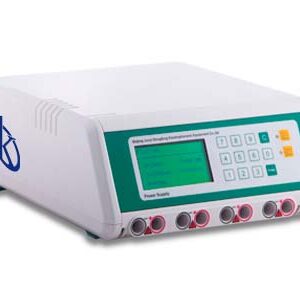
Electrophoresis in agarose or polyacrylamide gels is one of the methodologies most used in the laboratory in everything related to working with nucleic acids. The principle of electrophoresis consists in the migration of the molecules through a gel or another type of matrix of porous nature, in which, by the action of an electric field, they will be separated according to their size or molecular weight, this is achieved thanks to the action of a power source for electrophoresis, key equipment for the proper execution of this technique.
Parts and care of a power source for electrophoresis
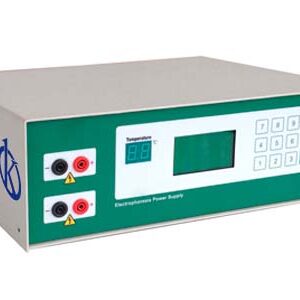
A power source for electrophoresis is an electrical equipment that has the function of managing the current in a constant and direct way to the electrophoresis system, as well as indicating and controlling both the supply voltage and the current consumption.
What is a power source for electrophoresis?
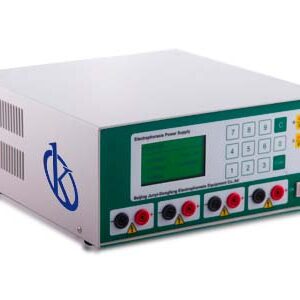
A power source for electrophoresis is a device that manages the current in a constant and direct way to the electrophoresis system, as well as indicates and controls both the supply voltage and the current consumption. In other words, this equipment supplies the energy necessary for this system to function properly; and this delicate laboratory technique can be carried out.
Power source for electrophoresis
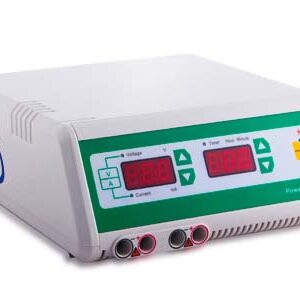
Electrophoresis is one of the most widely used molecular biology techniques today, its purpose or objective is to separate molecules, based on their properties such as size, shape and isoelectric point, in this process the molecules are separated due to the difference of their net charge. It is a highly effective technique for separating complex mixtures of proteins or other molecules.
Refrigeration Recirculation: What Technology Do You Use?
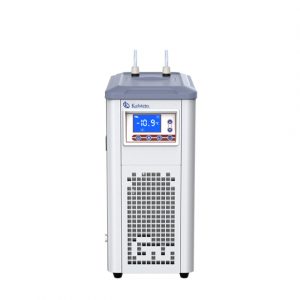
Within the laboratory field, recirculation chillers are high-efficiency cooling equipment, which is used in external cooling studies, to improve sample accuracy, and in turn protect the user. These equipment, with many uses and important benefits, provide constant, low temperature situations for inspections, chemical, biological and physical experiments, which must be carried out at low temperature. Such equipment in the field of medicine, are also applied in food processes, chemical industry and teaching in universities and research institutes.
What is a recirculation chiller used for?
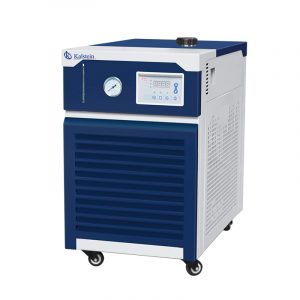
These equipment provide a consistent and reliable source of liquid refrigerant for refrigeration in laboratory, clinical or industrial applications. A recirculating chiller can reach temperature ranges from -25 °C to 130 °C (therefore some may act as heaters as well). Digital PID temperature controllers ensure that the recirculation cooler reaches the desired temperature accurately and quickly.
Dissolved oxygen: How to measure it accurately?
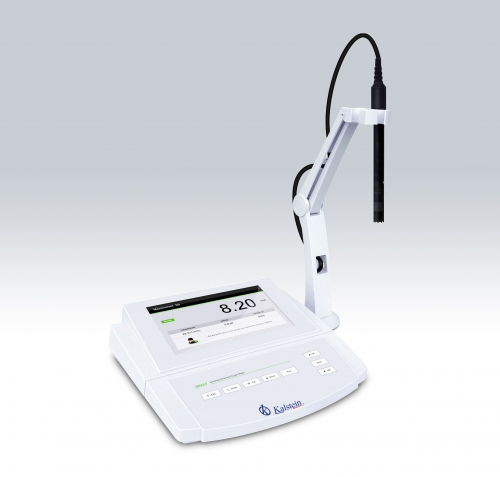
These equipment use different measurement scales, one of them is by parts per million (ppm) and the other by the percentage of saturation (%), these measures define the percentage of dissolved oxygen with respect to the maximum amount of dissolved oxygen that can contain a liter of any liquid.
